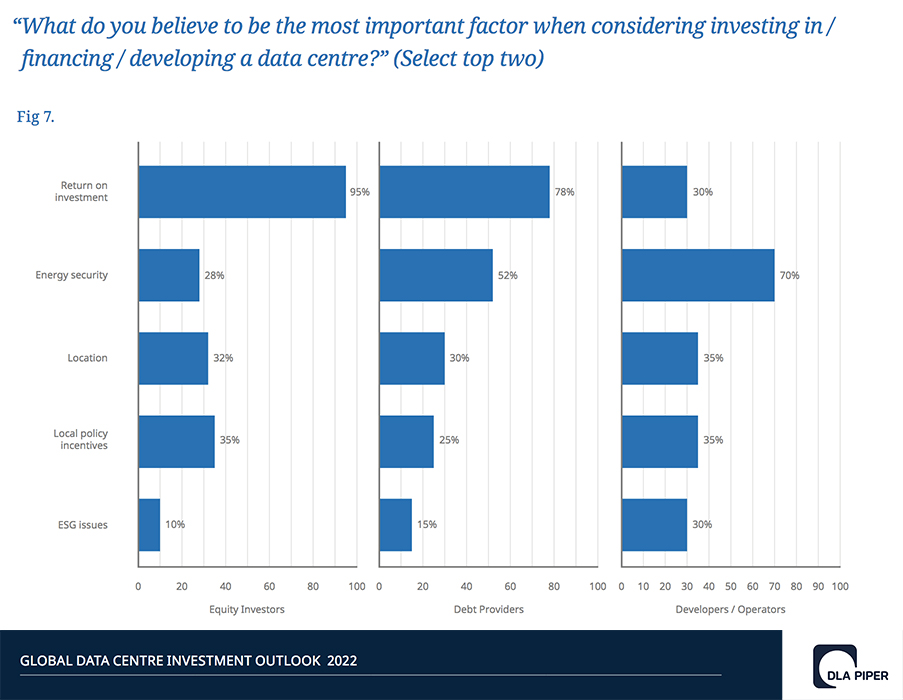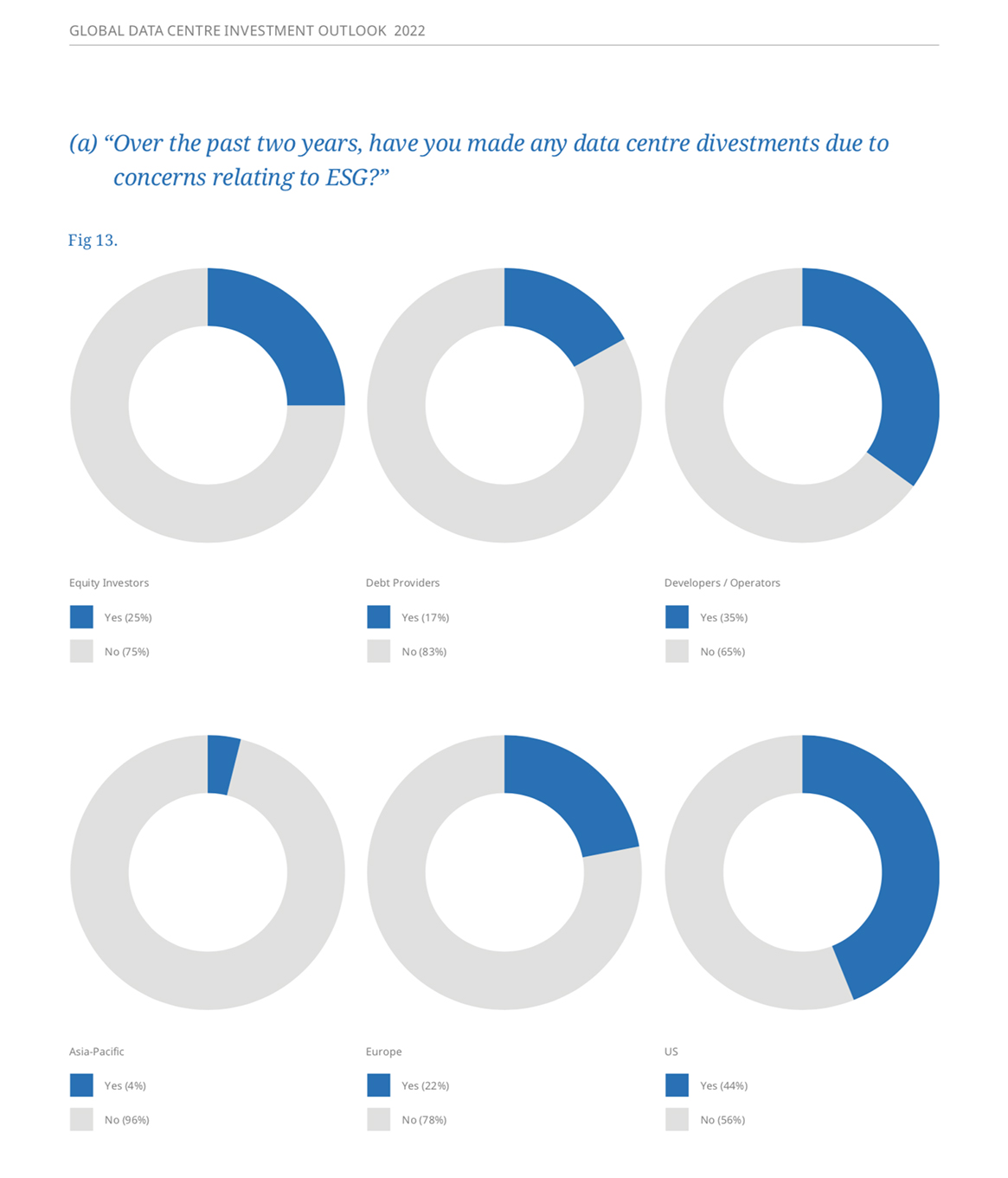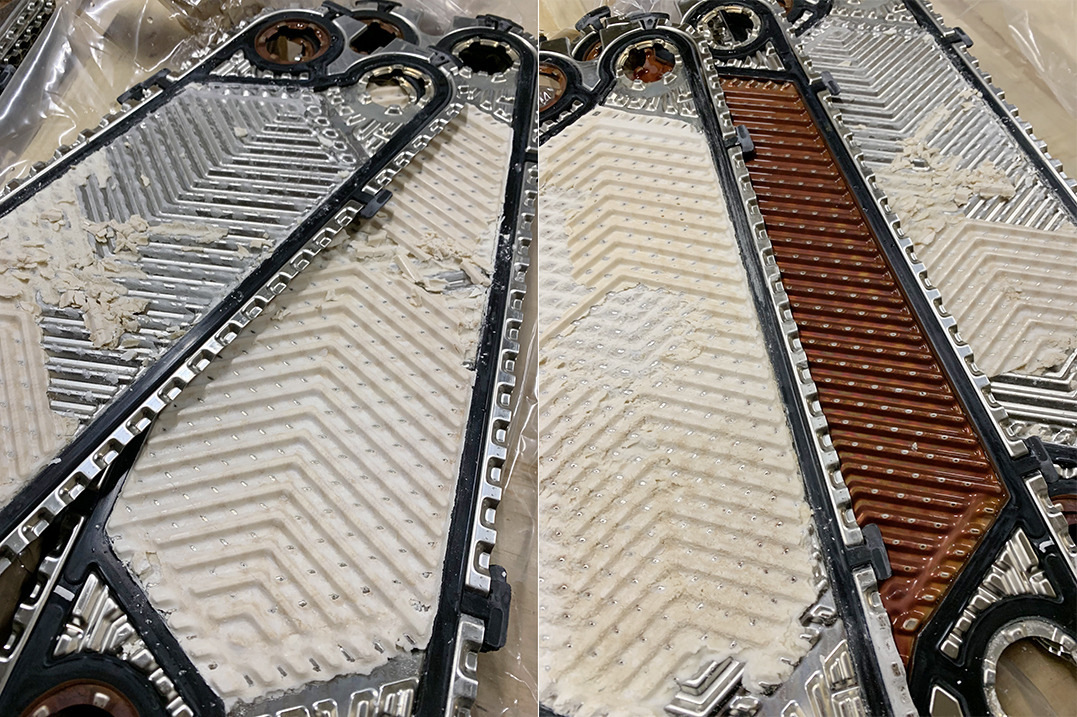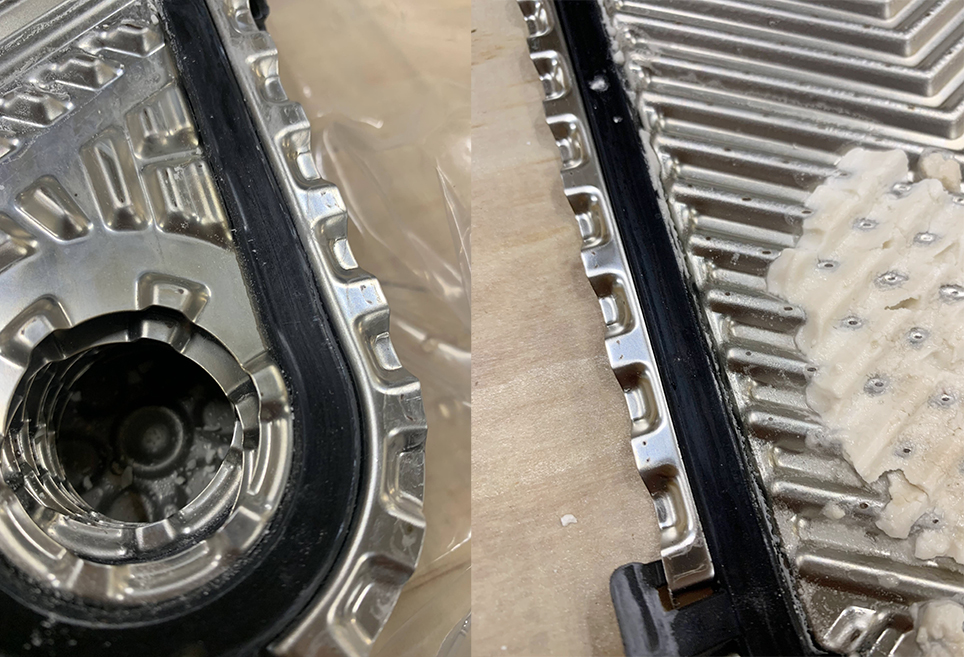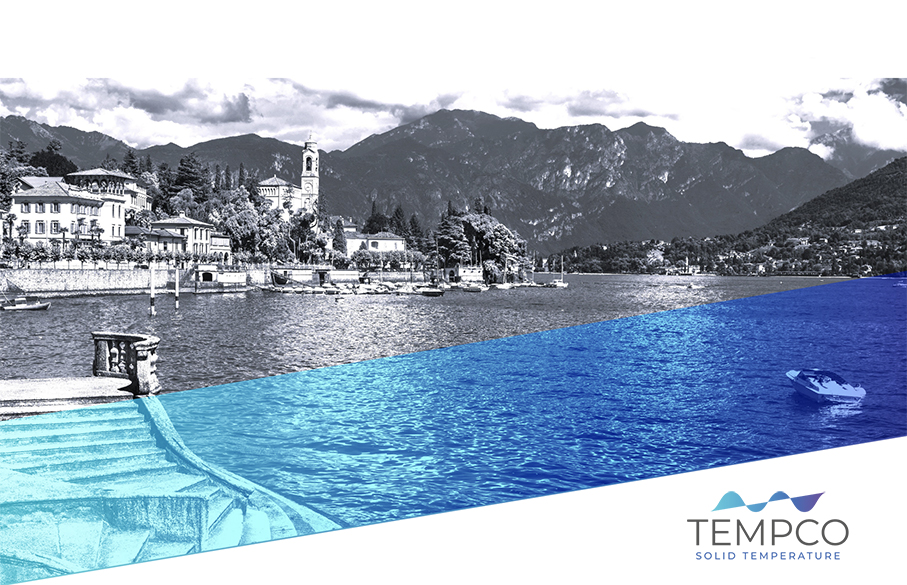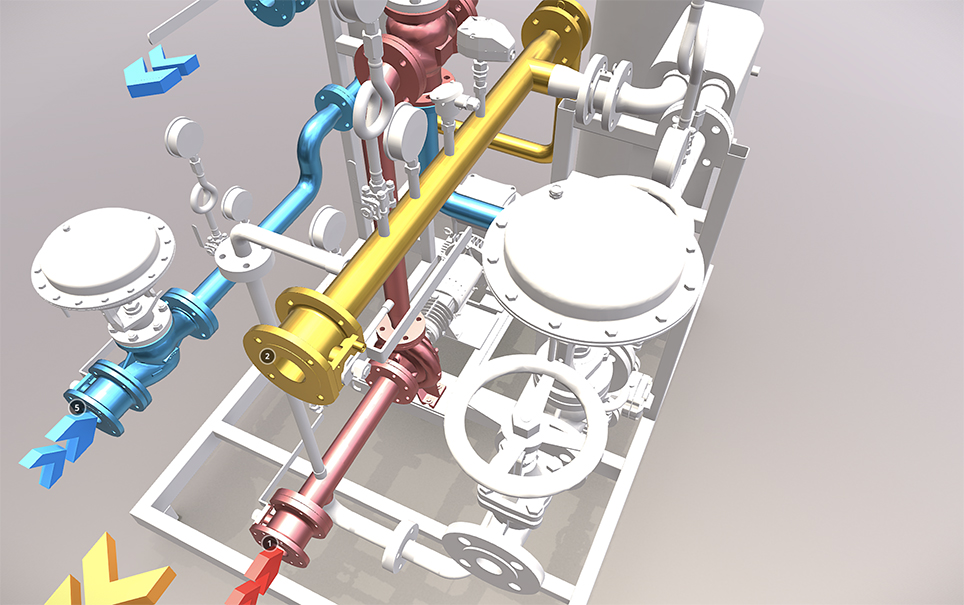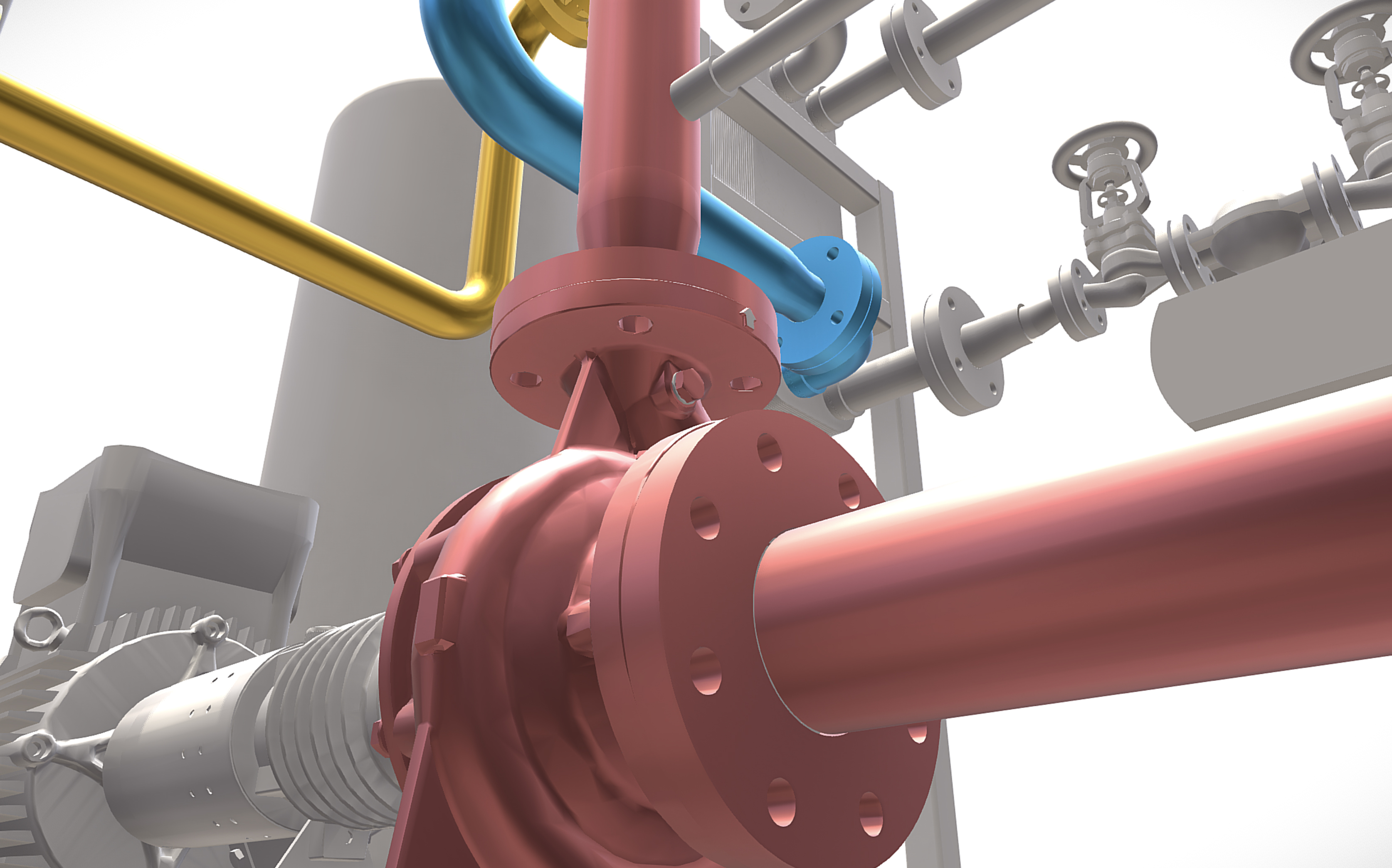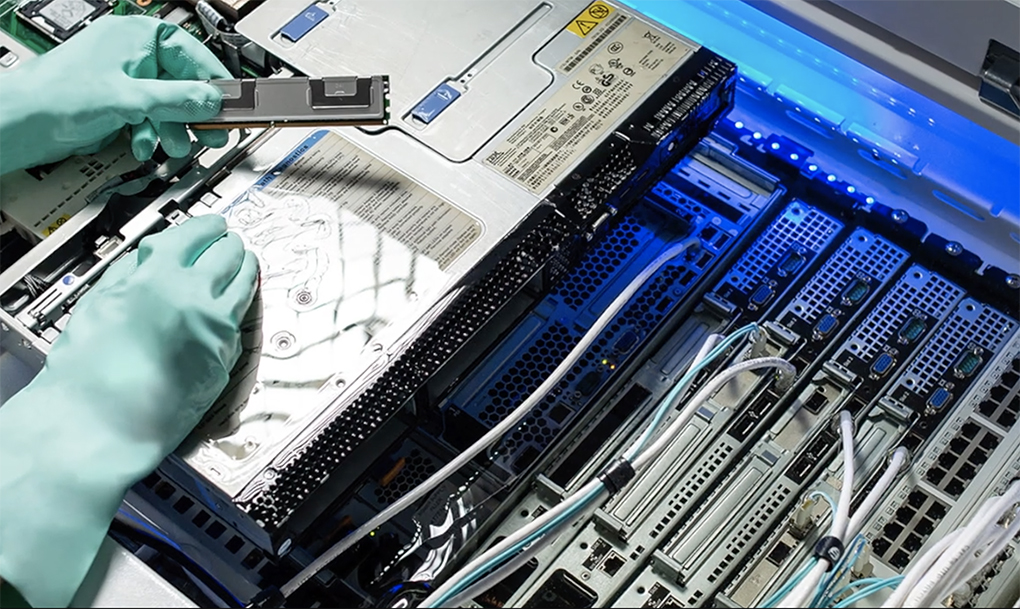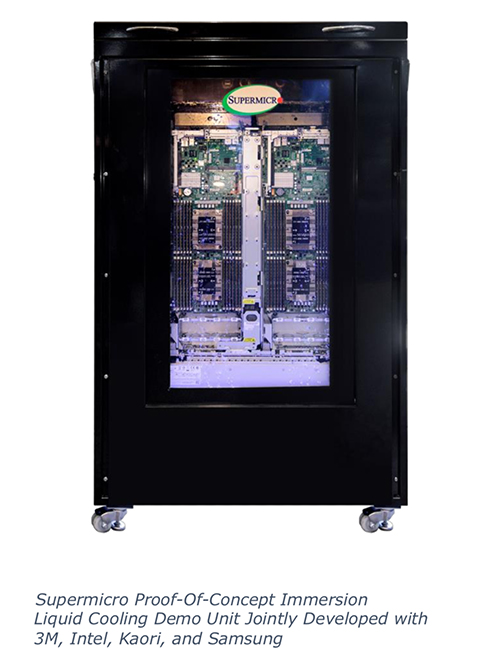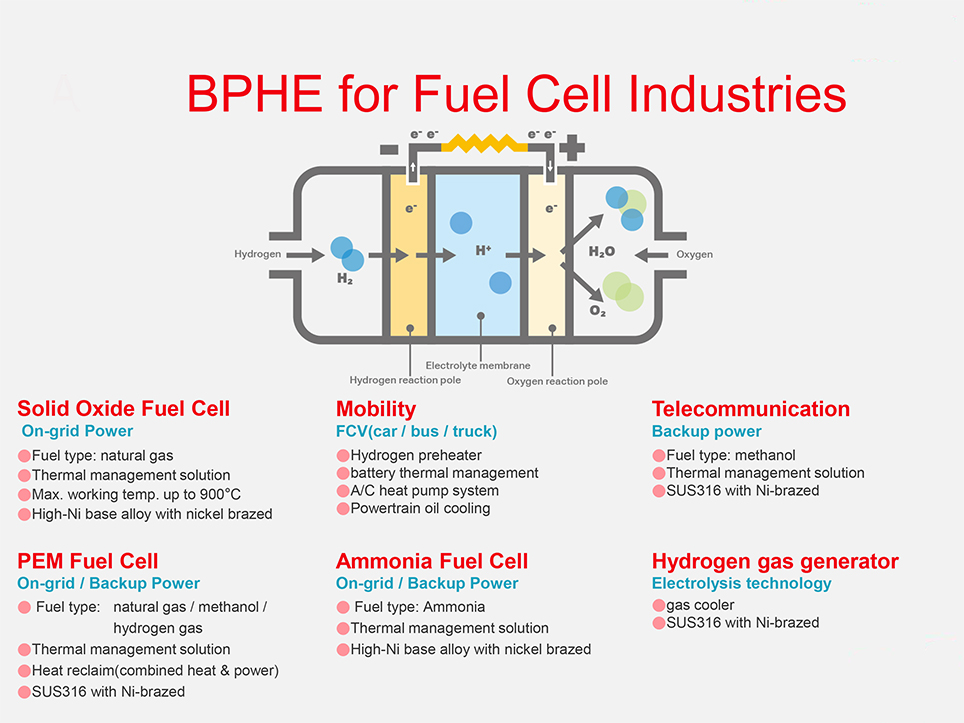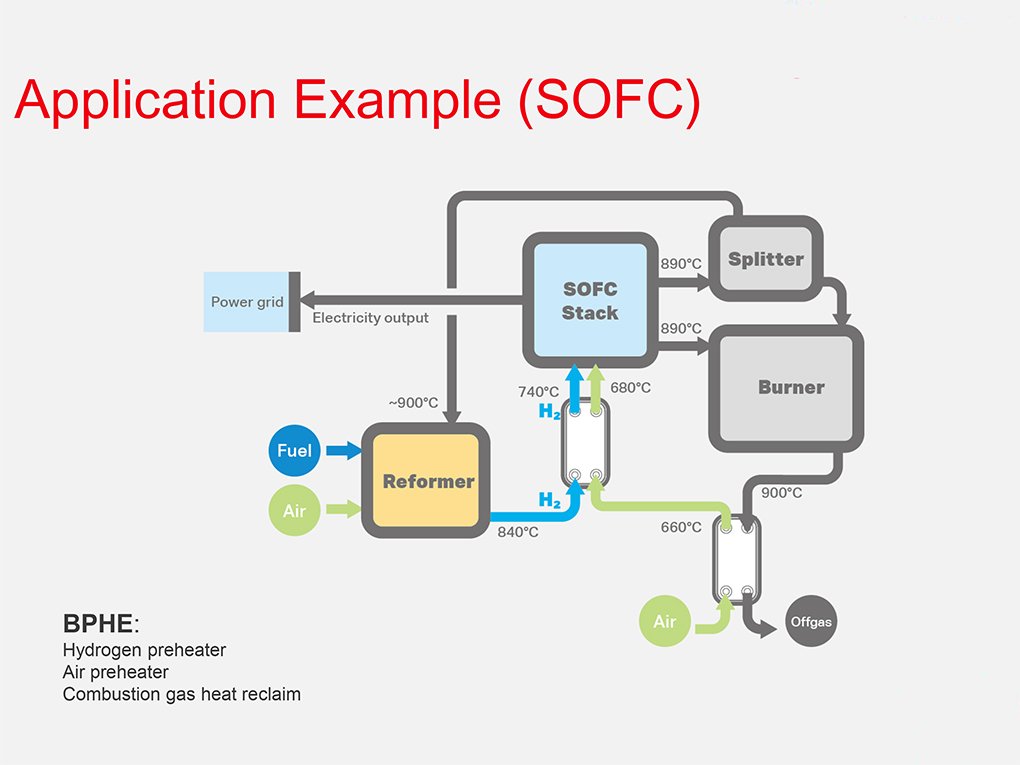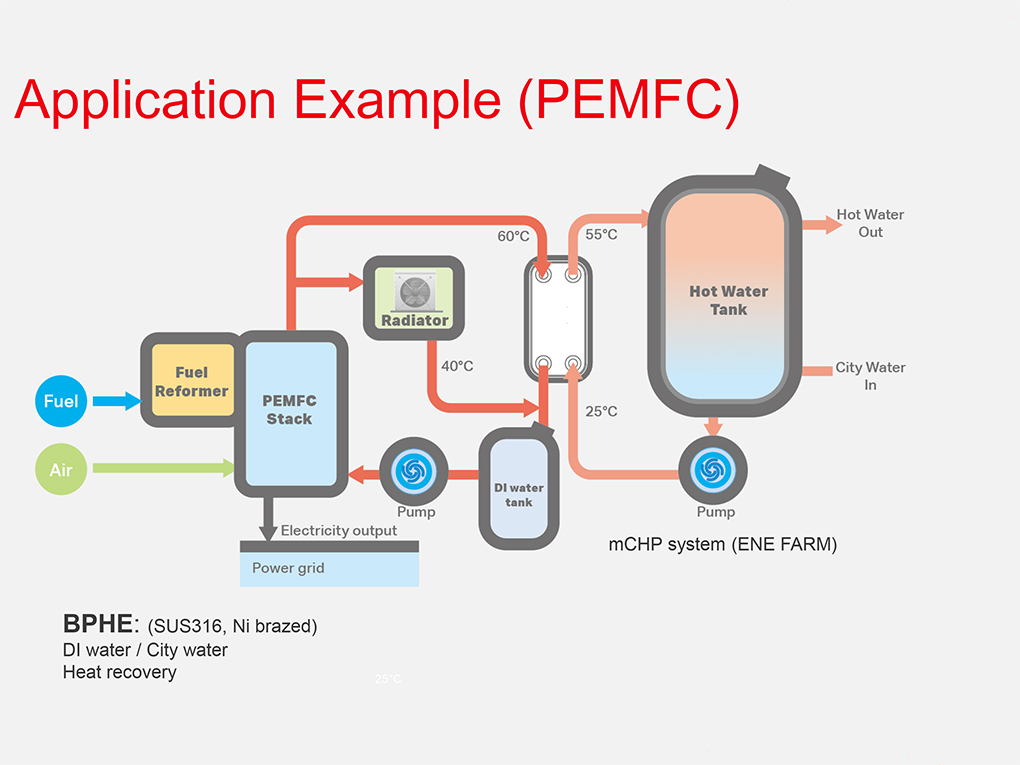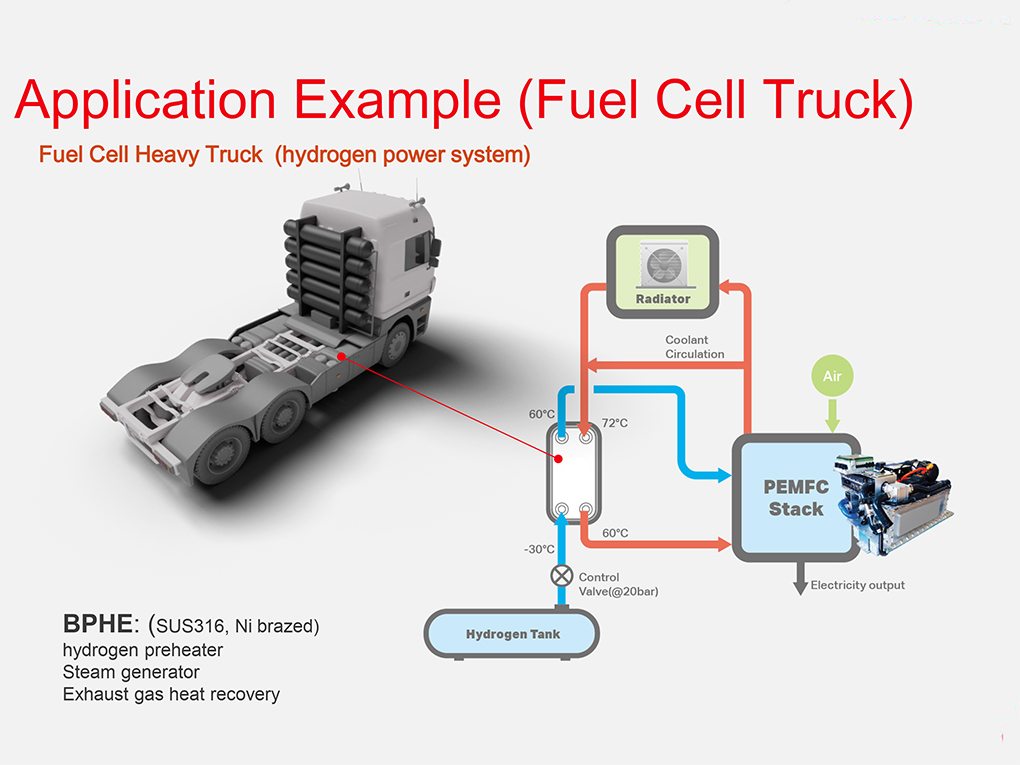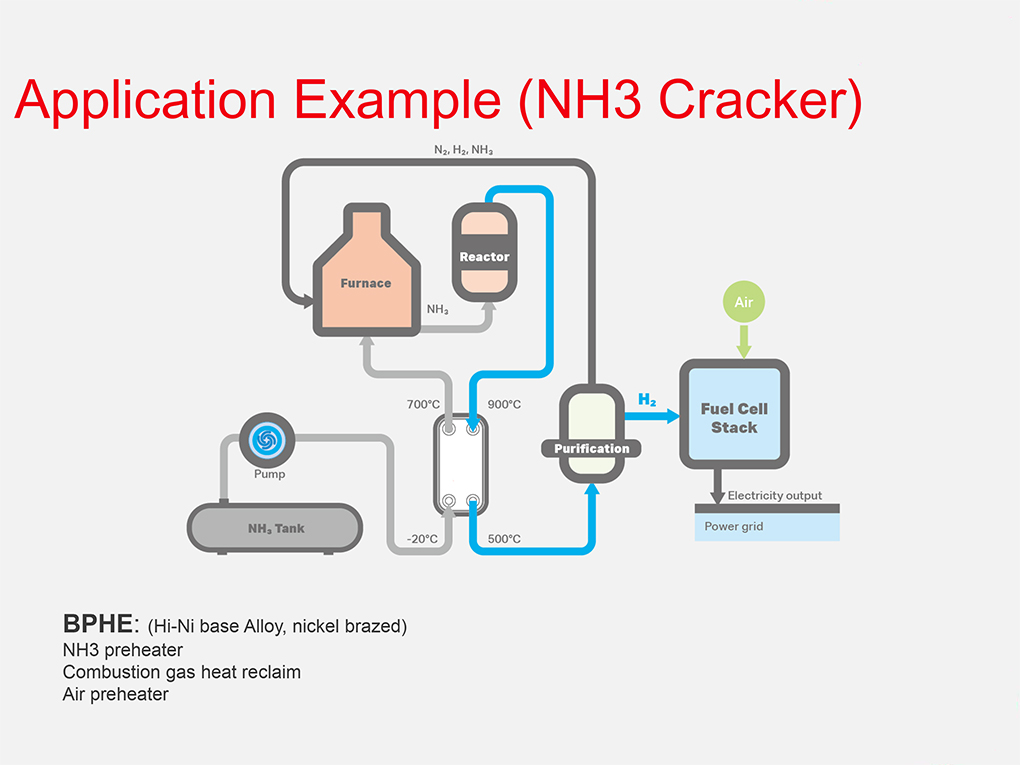Electrification, electric engines and hybrid powertrain are, along with alternative and renewable energies, some of the most hot trends that are not only affecting the automotive sector, but having in fact a huge impact with a growing interest for electrification and hybrid solutions in the maritime sector, for hybrid yachts and ships.
There are indeed yachts that combine the traditional endothermic engine, powered by diesel fuels, with an electric engine. On ships, the endothermic engine doesn’t drive directly the propellers, but provide power to power generators that power electric engines controlled by an inverter, that finally make the propeller move.
Hybrid yachts and ships are thus an innovative and green alternative solution, using electric energy stored in batteries in order to power these electric drives. Clearly, all of these electric engines, power inverters and electrical equipments generate great amounts of heat that must be dissipated. And the amounts of heat involved are way greater than those to cope with in the automotive sector, where a simple radiator can provide the cooling of the equipments.
Special ad hoc cooling systems are thus deployed in order to dissipate the large amounts of heat generated on hybrid yachts, such as exchangers that are installed under the boat, called keel cooler, that directly employ sea water to achieve the thermal duty required. But there are several cruising situations where sea water has too high temperatures, and thus auxiliary chillers are installed onboard to generate refrigerated water. The cooled water then serves typically plate heat exchangers, that finally provide the cooling of the electric engines, power inverters and all the different electric equipments employed on hybrid yachts.


